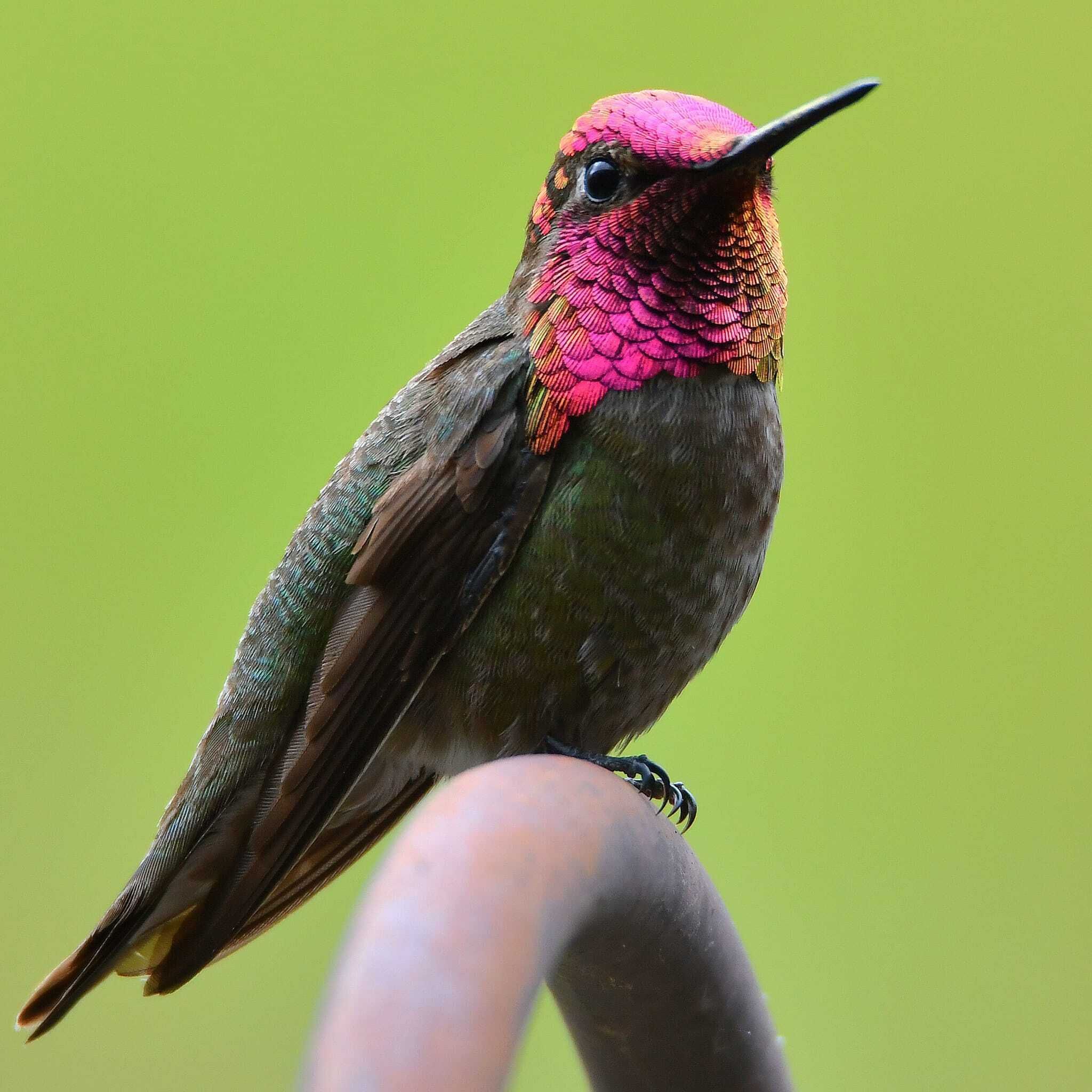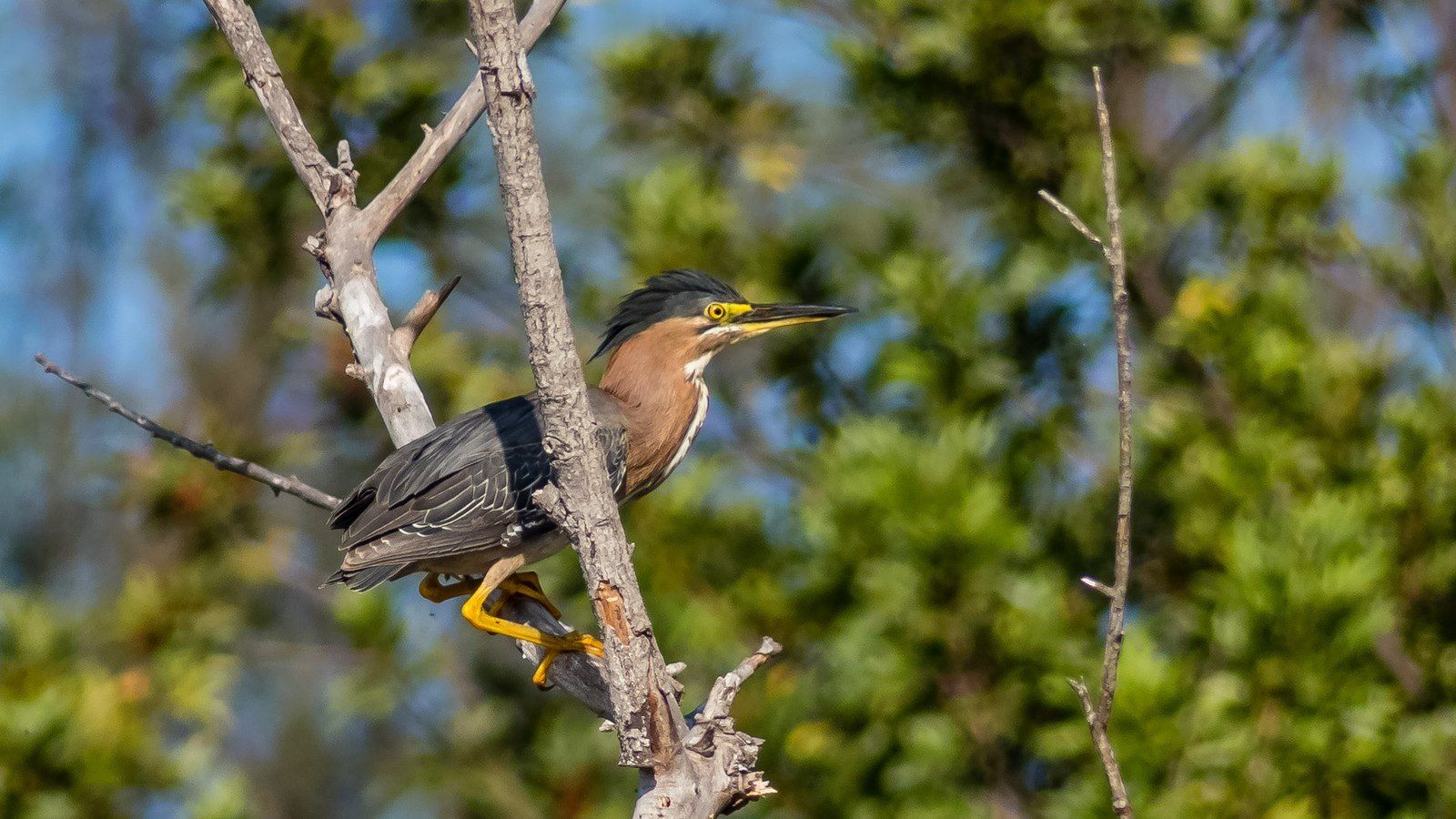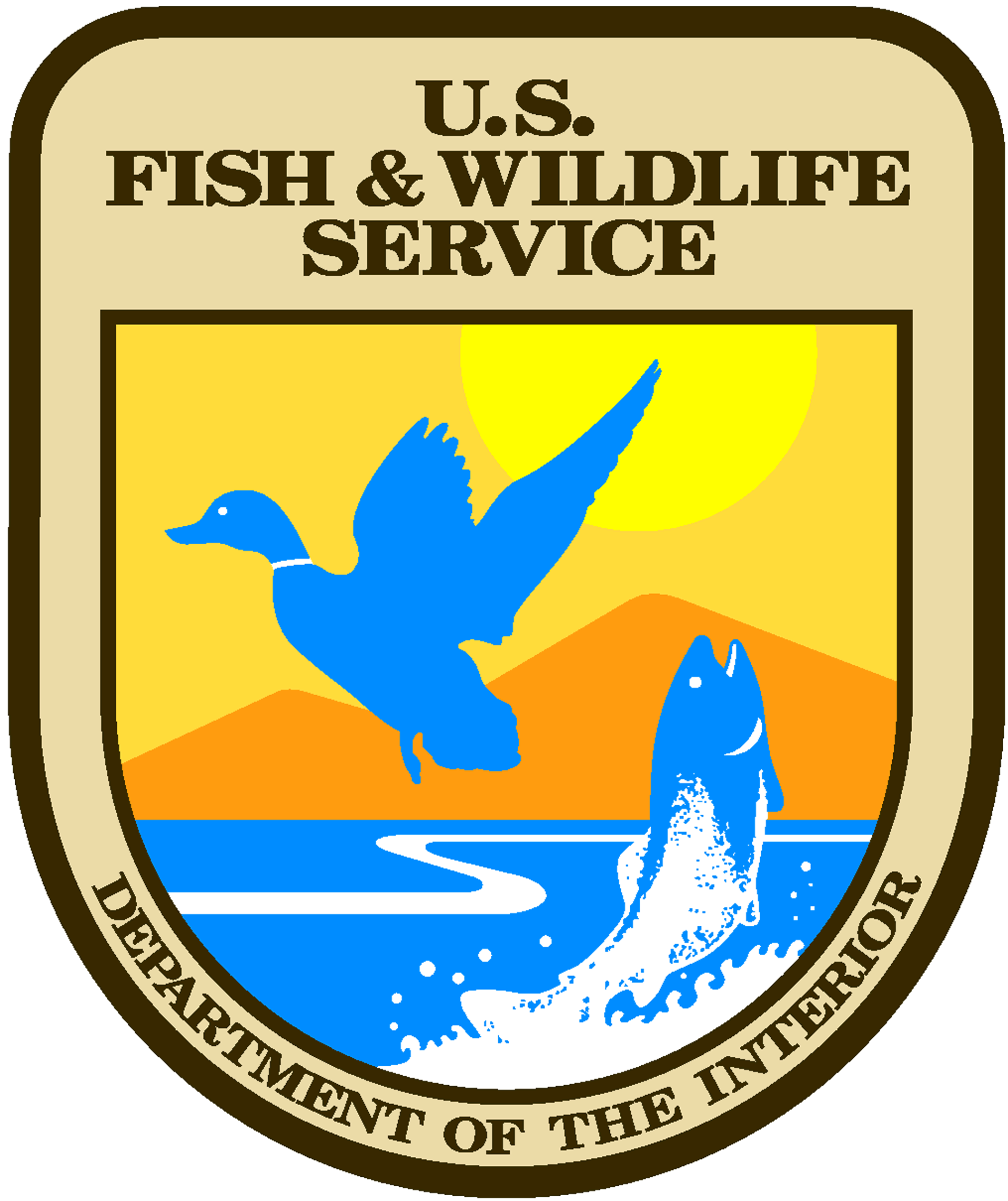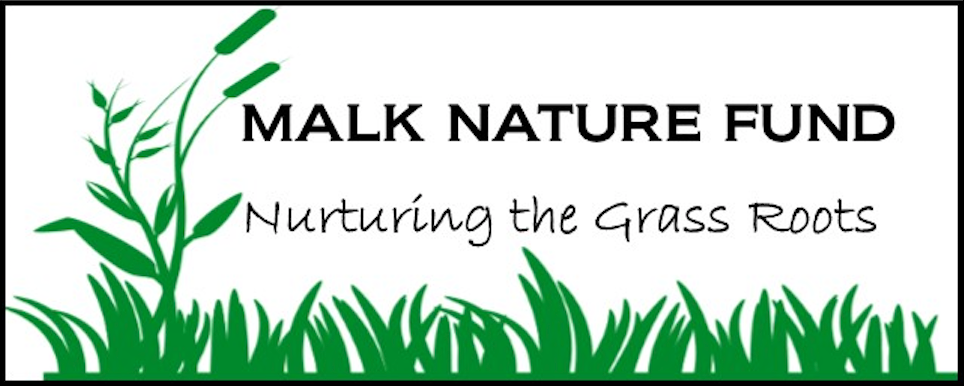
They’re vibrant, they’re tiny, and fast – hummingbirds make up one of the Americas’ most beloved bird families. They can hover and fly in any direction, have been recorded to pollinate over 1000 different flower species, and are amongst the smallest (and most iridescent) birds in the world. For generations, they’ve captured our attention, inspiring wonder and fascination, pushing the boundaries of biomechanical evolution. And perhaps no region in the world has celebrated them as vividly and with as much awe as Latin America.
Son vibrantes, diminutos y rápidos: los colibríes forman una de las familias de aves más queridas de América. Pueden flotar y volar en cualquier dirección, se ha registrado que polinizan más de 1000 especies de flores diferentes y se encuentran entre las aves más pequeñas (y más iridiscentes) del mundo. Durante generaciones, han captado nuestra atención, inspirando asombro y fascinación, ampliando los límites de la evolución biomecánica. Y tal vez ninguna región del mundo los haya celebrado de manera tan vívida y con tanto asombro como América Latina.
Legends featuring hummingbirds in sacred Mayan texts date back to the 1500s, one of which states that the wife of one of the founders of Mayan culture is “the home of all hummingbirds.” Mayan descendants today still say, “God saved pieces of the best that he was creating, and from that supreme material, hummingbirds emerged.”
Las leyendas que incluyen colibríes en textos sagrados mayas se remontan al siglo XVI, una de las cuales afirma que la esposa de uno de los fundadores de la cultura maya es “la casa de todos los colibríes”. Los descendientes mayas de hoy todavía dicen: “Dios guardó pedazos de lo mejor que estaba creando y de ese material supremo surgieron los colibríes”.
The Aztec god of the sun and war, Huitzilopochtli, gets part of its name from the Nahuatl word for hummingbird (Huitzilli). Huitzilopochtli is revered for guiding the Aztec people to promised lands and representing the spirit of a perfect warrior – possessing a fierce strength and the willpower to survive in a difficult world.
El dios azteca del sol y la guerra, Huitzilopochtli, recibe parte de su nombre de la palabra náhuatl para colibrí (Huitzilli). Huitzilopochtli es venerado por guiar al pueblo azteca a las tierras prometidas y representar el espíritu de un guerrero perfecto, con una fuerza feroz y la fuerza de voluntad para sobrevivir en un mundo difícil.
There is also a pre-Columbian Mexican story that tells of a God that sends three birds to examine the earth. The first two do not return, but the third one fulfills the task. The God then tells this bird that he could drink the nectar of all the flowers on Earth, and he would be dressed the most beautifully amongst all other birds.
También existe una historia precolombina mexicana que habla de un dios que envía tres aves a examinar la tierra. Las dos primeras no regresaron, pero la tercera cumple con la tarea. El dios le dice entonces a esta ave que podría beber el néctar de todas las flores de la tierra y que sería la más hermosa de todas las aves.
These are just a few examples of the reverence for hummingbirds we can find cultivated throughout Latin American history. In the modern world, hummingbirds are still seen by many as lucky auguries, symbolizing rebirth and messages from Heaven, surrounded by magic and mysticism.
Estos son solo algunos ejemplos de la veneración que se le tiene a los colibríes que podemos encontrar a lo largo de la historia de América Latina. En el mundo moderno, los colibríes todavía son vistos por muchos como augurios de buena suerte, que simbolizan el renacimiento y los mensajes del cielo, rodeados de magia y misticismo.
Today, Mexico is home to roughly 57 species of hummingbird, including the striking Violet Sabrewing, the tiny Bumblebee Hummingbird, and even the familiar Anna’s (which you have likely seen here in San Diego!). Each hummingbird species plays a unique and integral role in the health of the Western Hemisphere’s ecosystems, pollinating native plants and allowing biodiversity to flourish. We can learn a lot about perseverance from these “little warriors”, and they reveal a deep, spiritual connection between Latin America and the natural world.
En la actualidad, México alberga aproximadamente 57 especies de colibríes, entre ellos el llamativo colibrí violeta de alas de sable, el diminuto zumbador mexicano e incluso el conocido colibrí de Ana (¡que probablemente hayas visto aquí en San Diego!). Cada especie de colibrí desempeña un papel único e integral en la salud de los ecosistemas del hemisferio occidental, polinizando las plantas nativas y permitiendo que la biodiversidad florezca. Podemos aprender mucho sobre la perseverancia de estos “pequeños guerreros”, y revelan una profunda conexión espiritual entre América Latina y el mundo natural.
So how can we help hummingbirds in our everyday lives? Here are a few tips to get started:
¿Cómo podemos ayudar a los colibríes en nuestra vida cotidiana? A continuación, se ofrecen algunos consejos para empezar:
Plant a variety of native flowering plants in your garden. Hummingbirds and native plants have evolved side-by-side, as native plants provide the ideal nectar (food source) for the hummingbirds, and hummingbirds pollinate the plants as they move from flower to flower. Planting a native garden encourages the health and well-being of both our region’s native flora and hummingbird populations. Learn more about native plants and how to start a native garden here.
Planta una variedad de plantas nativas con flores en su jardín. Los colibríes y las plantas nativas han evolucionado en paralelo, ya que las plantas nativas proporcionan el néctar (fuente de alimento) ideal para los colibríes, y los colibríes polinizan las plantas a medida que pasan de una flor a otra. Plantar un jardín nativo fomenta la salud y el bienestar tanto de la flora nativa de nuestra región como de las poblaciones de colibríes. Obtén más información sobre las plantas nativas y cómo iniciar un jardín nativo aquí.
Provide plenty of safe branches and resting spots for hummingbirds to perch. Hummingbirds frequently need safe places to rest. They can also be highly territorial, so it is a good idea to have varied trees, bushes, and shrubbery available so they don’t encroach on each other's territories.
Proporciona muchas ramas seguras y lugares de descanso para que los colibríes puedan posarse. Los colibríes con frecuencia necesitan lugares seguros para descansar. También pueden ser muy territoriales, por lo que es una buena idea tener árboles, arbustos y matorrales variados disponibles para que no invadan los territorios de los demás.
Provide a source of water. Hummingbirds bathe frequently to keep their feathers in good condition! Drip fountain attachments or misters help to attract them.
Proporciona una fuente de agua. Los colibríes se bañan con frecuencia para mantener sus plumas en buen estado. Los accesorios para fuentes de goteo o los rociadores ayudan a atraerlos.
Forego the use of pesticides. Aside from nectar, hummingbirds also frequently feed on small insects, with young birds being fed almost exclusively arthropods. Eliminating pesticides allows insects to be more abundant, thus providing more valuable nutrition for the hummingbirds.
Evita el uso de pesticidas. Además del néctar, los colibríes también se alimentan con frecuencia de pequeños insectos, y las crías se alimentan casi exclusivamente de artrópodos. La eliminación de pesticidas permite que los insectos sean más abundantes, lo que proporciona una nutrición más valiosa para los colibríes.
If you use a hummingbird feeder, be sure to clean it regularly, and avoid filling it with artificially-sweetened nectar, honey, or food with red food coloring. While having native flowers as a food source is ideal, feeders can provide a good source of supplementary energy to hummingbirds – especially during spring and fall migration season. Click here for a DIY hummingbird food recipe.
Si utilizas un comedero para colibríes, asegúrate de limpiarlo con regularidad y evita llenarlo con néctar endulzado artificialmente, miel o alimentos con colorante rojo. Si bien es ideal tener flores nativas como fuente de alimento, los comederos pueden proporcionar una buena fuente de energía suplementaria para los colibríes, especialmente durante la temporada de migración de primavera y otoño. Haz clic aquí para obtener una receta casera de comida para colibríes.
Join us for a series of exciting events to celebrate Latino Conservation Week!
¡Acompáñanos en esta serie de eventos para celebrar la Semana de la Conservación Latina!
Resources: / Recursos:
https://www.aav.org/news/615010/The-Hummingbird-in-Mexican-Culture.htm
https://www.mexicolore.co.uk/aztecs/flora-and-fauna/hummingbird
https://www.audubon.org/community-science/hummingbirds/how-create-hummingbird-friendly-yard
Photo by Catherine Werth















